SOCIAL
Bereaved UK father criticises social media firms’ response to tragedy

Misinformation can spread rapidly on social media under the guise of satire and parody, creating challenges for platforms and fact-checkers. — © AFP
The father of a teenage girl who died in Britain after viewing harmful online content on Monday criticised the response of social media companies to a report aimed at preventing future tragedies.
Londoner Ian Russell, the father of 14-year-old Molly, described their reaction as “underwhelming and unsurprising”, demonstrating “business as usual” approach.
Regulation, such as the British government’s proposed Online Safety Bill, was the only way to end the “inertia” shown by social media sites towards safety, he added.
The inquest into her death heard that of the 16,300 posts Molly saved, shared or liked on Instagram in the six-month period before her death, 2,100 related to depression, self-harm or suicide.
Coroner Andrew Walker, who led the inquest, subsequently wrote to Meta, Pinterest, Twitter and Snapchat in September last year.
In a “prevention of future deaths” report sent to the social media firms and the UK government, Walker urged a review of the algorithms used by the sites to provide content.
Russell expressed disappointment at their feedback and the fact that Instagram’s parent company Meta had not shown any “significant change in direction”.
“One perhaps would have hoped that looking at the level of detail that was presented to the coroner…,” he told the PA news agency.
“It would have focused minds and compelled tech platforms to react more positively to put safety higher up their agenda,” he added.
“But that doesn’t seem to be the case, particularly in Meta’s case.”
– Tougher action –
In his inquest into Molly Russell’s death, Walker ruled that she had died from an act of self-harm while suffering from the “negative effects of online content”.
It would not be “safe” to conclude it was suicide, he said.
Her death in November 2017 led her family to set up a campaign highlighting the dangers of social media.
The Online Safety Bill is due to be debated by MPs on Tuesday.
In its current form, it would require tech companies to remove illegal material from their platforms, with a particular emphasis on protecting children from seeing harmful content. It would also heavy fines for sites that break the rules.
Dozens of MPs with the ruling Conservatives however have put their name to an amendment demanding tougher action.
The rebels MPs want the owners of social media platforms to face jail time if they fail to protect children from seeing damaging content.
After the inquest into his daughter’s death, Russell said it was “time the toxic corporate culture at the heart of the world’s biggest social media platform changed.
A senior Meta executive had said the content that the platform’s algorithms had pushed to his daughter was safe, said Russell.
“If this demented trail of life-sucking content was safe, my daughter Molly would probably still be alive — and instead of being a bereaved family of four, there would be five of us looking forward to a life full of purpose and promise that lay ahead for our adorable Molly,” he added.
SOCIAL
Snapchat Explores New Messaging Retention Feature: A Game-Changer or Risky Move?
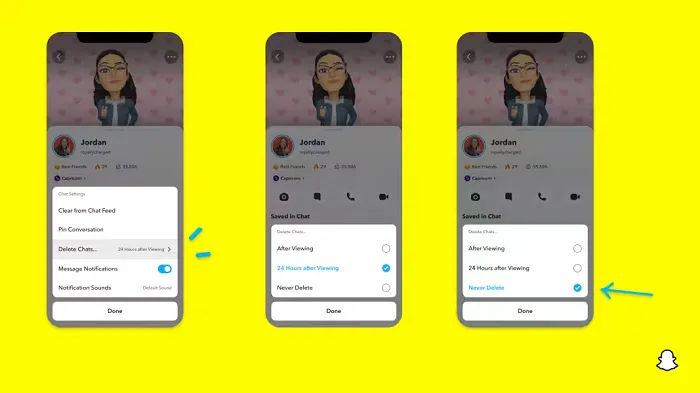
In a recent announcement, Snapchat revealed a groundbreaking update that challenges its traditional design ethos. The platform is experimenting with an option that allows users to defy the 24-hour auto-delete rule, a feature synonymous with Snapchat’s ephemeral messaging model.
The proposed change aims to introduce a “Never delete” option in messaging retention settings, aligning Snapchat more closely with conventional messaging apps. While this move may blur Snapchat’s distinctive selling point, Snap appears convinced of its necessity.
According to Snap, the decision stems from user feedback and a commitment to innovation based on user needs. The company aims to provide greater flexibility and control over conversations, catering to the preferences of its community.
Currently undergoing trials in select markets, the new feature empowers users to adjust retention settings on a conversation-by-conversation basis. Flexibility remains paramount, with participants able to modify settings within chats and receive in-chat notifications to ensure transparency.
Snapchat underscores that the default auto-delete feature will persist, reinforcing its design philosophy centered on ephemerality. However, with the app gaining traction as a primary messaging platform, the option offers users a means to preserve longer chat histories.
The update marks a pivotal moment for Snapchat, renowned for its disappearing message premise, especially popular among younger demographics. Retaining this focus has been pivotal to Snapchat’s identity, but the shift suggests a broader strategy aimed at diversifying its user base.
This strategy may appeal particularly to older demographics, potentially extending Snapchat’s relevance as users age. By emulating features of conventional messaging platforms, Snapchat seeks to enhance its appeal and broaden its reach.
Yet, the introduction of message retention poses questions about Snapchat’s uniqueness. While addressing user demands, the risk of diluting Snapchat’s distinctiveness looms large.
As Snapchat ventures into uncharted territory, the outcome of this experiment remains uncertain. Will message retention propel Snapchat to new heights, or will it compromise the platform’s uniqueness?
Only time will tell.
SOCIAL
Catering to specific audience boosts your business, says accountant turned coach
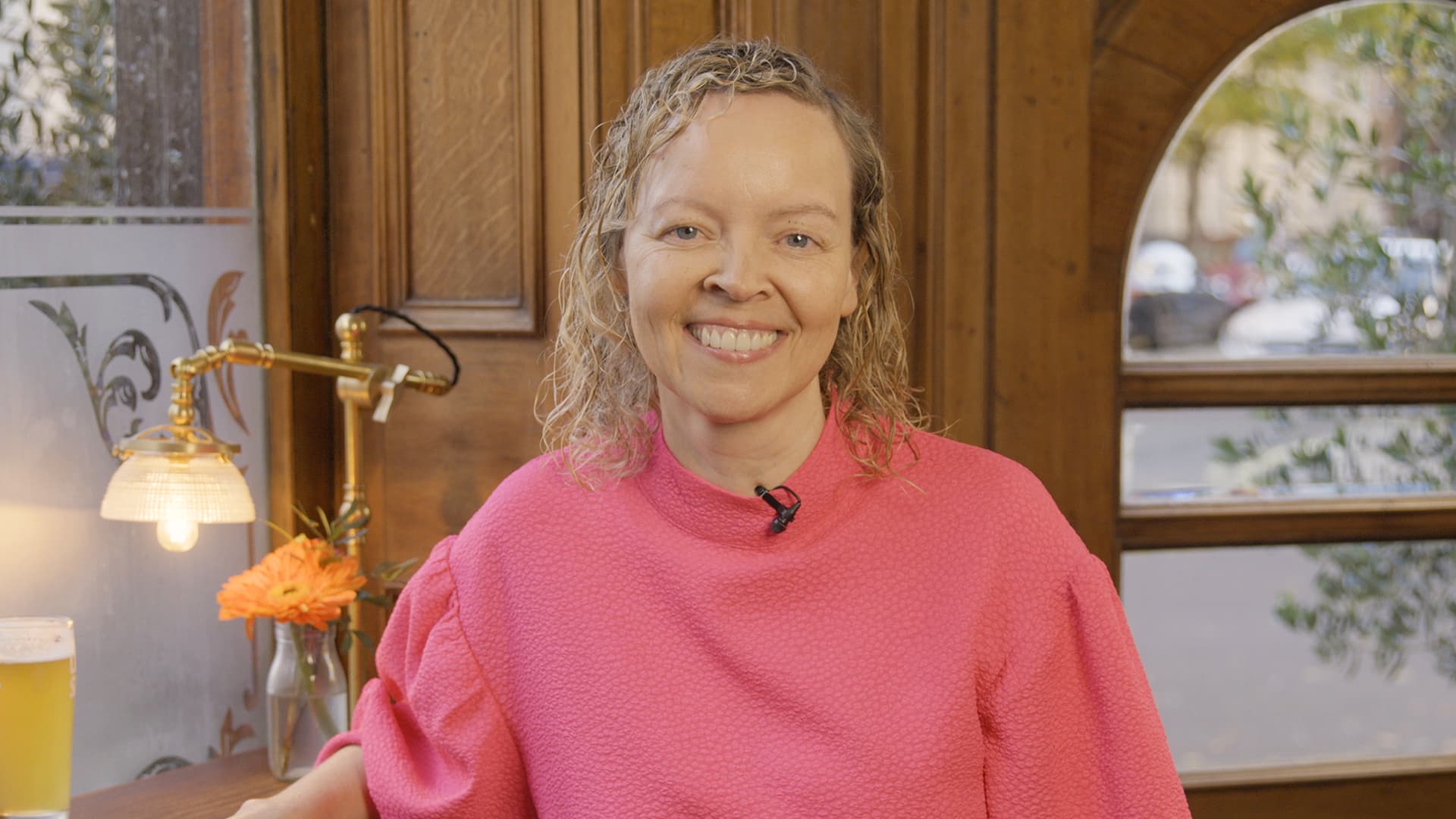
While it is tempting to try to appeal to a broad audience, the founder of alcohol-free coaching service Just the Tonic, Sandra Parker, believes the best thing you can do for your business is focus on your niche. Here’s how she did just that.
When running a business, reaching out to as many clients as possible can be tempting. But it also risks making your marketing “too generic,” warns Sandra Parker, the founder of Just The Tonic Coaching.
“From the very start of my business, I knew exactly who I could help and who I couldn’t,” Parker told My Biggest Lessons.
Parker struggled with alcohol dependence as a young professional. Today, her business targets high-achieving individuals who face challenges similar to those she had early in her career.
“I understand their frustrations, I understand their fears, and I understand their coping mechanisms and the stories they’re telling themselves,” Parker said. “Because of that, I’m able to market very effectively, to speak in a language that they understand, and am able to reach them.”Â
“I believe that it’s really important that you know exactly who your customer or your client is, and you target them, and you resist the temptation to make your marketing too generic to try and reach everyone,” she explained.
“If you speak specifically to your target clients, you will reach them, and I believe that’s the way that you’re going to be more successful.
Watch the video for more of Sandra Parker’s biggest lessons.
SOCIAL
Instagram Tests Live-Stream Games to Enhance Engagement

Instagram’s testing out some new options to help spice up your live-streams in the app, with some live broadcasters now able to select a game that they can play with viewers in-stream.
As you can see in these example screens, posted by Ahmed Ghanem, some creators now have the option to play either “This or That”, a question and answer prompt that you can share with your viewers, or “Trivia”, to generate more engagement within your IG live-streams.
That could be a simple way to spark more conversation and interaction, which could then lead into further engagement opportunities from your live audience.
Meta’s been exploring more ways to make live-streaming a bigger consideration for IG creators, with a view to live-streams potentially catching on with more users.
That includes the gradual expansion of its “Stars” live-stream donation program, giving more creators in more regions a means to accept donations from live-stream viewers, while back in December, Instagram also added some new options to make it easier to go live using third-party tools via desktop PCs.
Live streaming has been a major shift in China, where shopping live-streams, in particular, have led to massive opportunities for streaming platforms. They haven’t caught on in the same way in Western regions, but as TikTok and YouTube look to push live-stream adoption, there is still a chance that they will become a much bigger element in future.
Which is why IG is also trying to stay in touch, and add more ways for its creators to engage via streams. Live-stream games is another element within this, which could make this a better community-building, and potentially sales-driving option.
We’ve asked Instagram for more information on this test, and we’ll update this post if/when we hear back.
-

 SEO7 days ago
SEO7 days agoGoogle Limits News Links In California Over Proposed ‘Link Tax’ Law
-
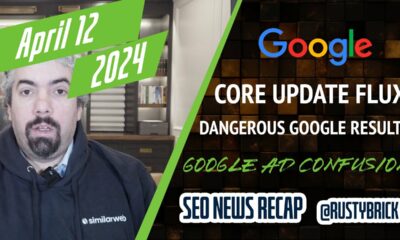
 SEARCHENGINES6 days ago
SEARCHENGINES6 days agoGoogle Core Update Volatility, Helpful Content Update Gone, Dangerous Google Search Results & Google Ads Confusion
-
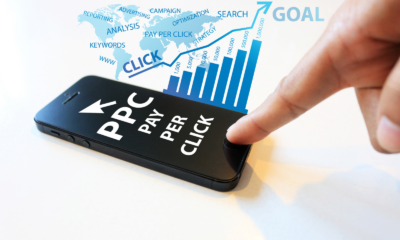
 SEO6 days ago
SEO6 days ago10 Paid Search & PPC Planning Best Practices
-

 MARKETING6 days ago
MARKETING6 days ago2 Ways to Take Back the Power in Your Business: Part 2
-

 MARKETING5 days ago
MARKETING5 days ago5 Psychological Tactics to Write Better Emails
-

 SEARCHENGINES5 days ago
SEARCHENGINES5 days agoWeekend Google Core Ranking Volatility
-

 PPC7 days ago
PPC7 days agoCritical Display Error in Brand Safety Metrics On Twitter/X Corrected
-

 MARKETING6 days ago
MARKETING6 days agoThe power of program management in martech









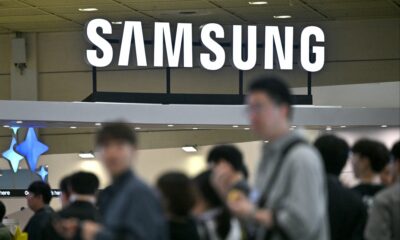




You must be logged in to post a comment Login